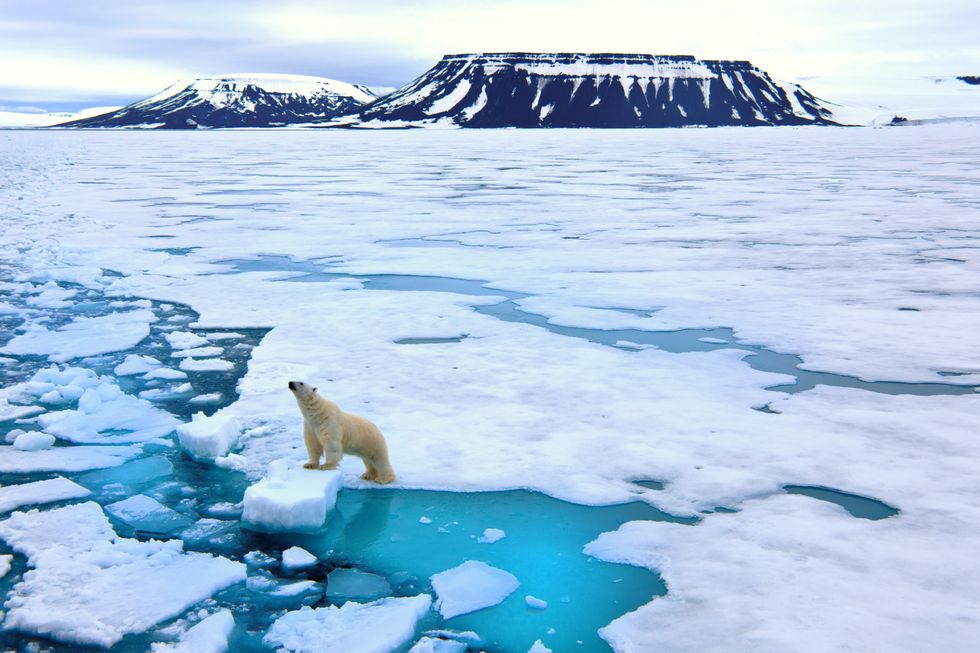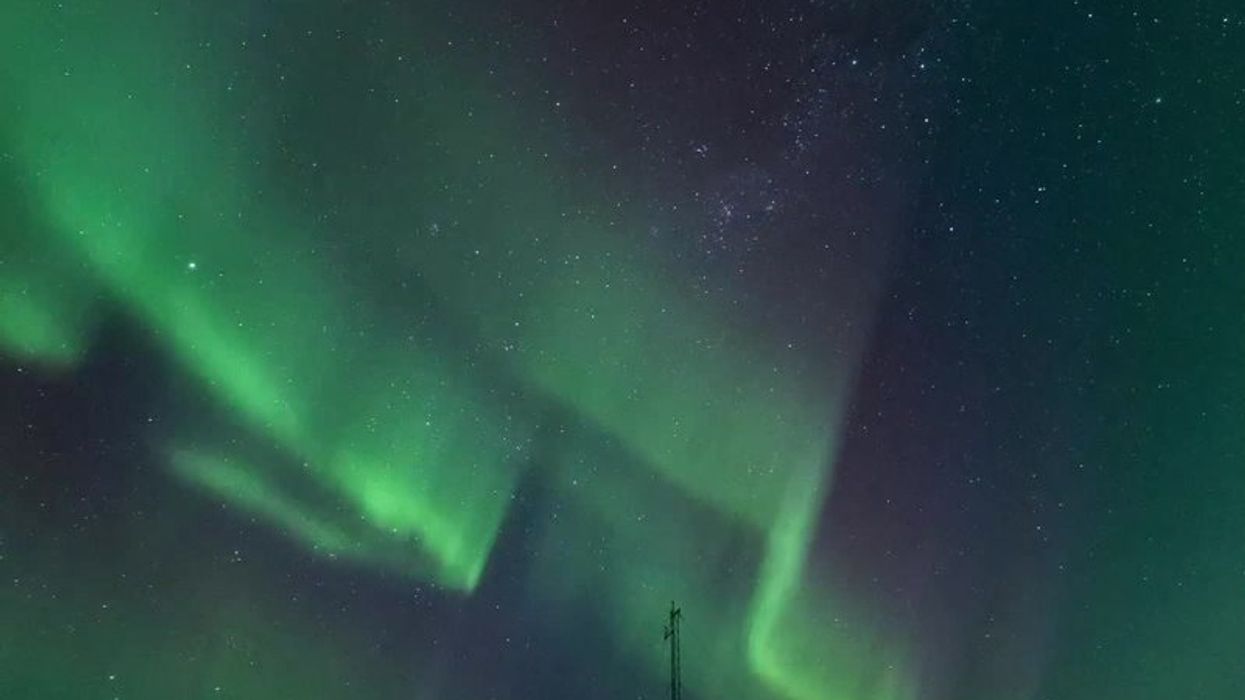Jake Brigstock
Oct 05, 2024
Mesmerizing Northern Lights Dance Across the Arctic Sky
BVIRAL - Over 30 seconds / VideoElephant
Scientists are working on a way to be able to 'grow' ice and refreeze the Arctic sea with initial tests proving promising.
The aim is to pump seawater over the frozen Arctic Ocean and trials conducted in the Canadian Arctic have seen sea ice be thickened successfully.
A report in New Scientist claims if nothing is done about it, the current rate of climate change would see the Arctic become "ice free in the summer in the 2030s" which could have disastrous consequences for the planet.
Other reports say even if measures are taken, such as greenhouse gas emissions being reduced sharply, this could still happen anyway.
Around 13 per cent of ice in the Arctic Ocean is lost every decade at its current rate.
Stemming this sustainably means emissions worldwide would need to be dramatically reduced which seems to be why scientists are exploring ways to curb this in the short term, with pumping seawater over parts of the frozen Arctic Ocean being one of them.

The idea sounds straightforward enough - engineers use pumps to cover sea ice with sea water which will then freeze over Winter months, thickening it and meaning it would last longer into the summer months.
Scientists have been doing this by finding a layer of thin ice and punching a hole through to the surface from below, flooding it which is hoped to speed up natural freezing.
This has already been tested before but 2024 saw it being successfully done with hydrogen for the very first time which is a renewable energy.
Tests have been successful on a smaller scale but given the size of the Arctic, it remains to be seen if this would work on larger areas.
New Scientist also said there could be the "risk of unintended consequences" such as negative impacts on the wildlife by reducing snow cover.
Hayo Hendrikse, assistant professor at Delft University of Technology, told The Guardian this is not a "solution" but a "sticking plaster" that could be used on a "smaller scale".
How to join the indy100's free WhatsApp channel
Sign up to our free indy100 weekly newsletter
Have your say in our news democracy. Click the upvote icon at the top of the page to help raise this article through the indy100 rankings.
Top 100
The Conversation (0)














